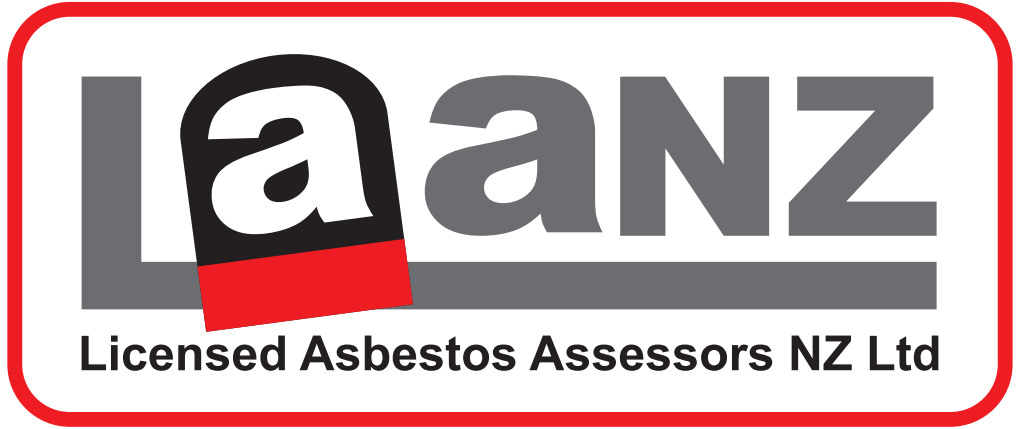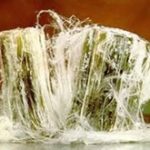The term asbestos refers to six naturally occurring fibrous minerals found in the veins of certain types of rocks. The six forms are chrysotile, amosite, crocidolite, anthophyllite, tremolite, and actinolite. The commonly used forms are chrysotile and amosite, known respectively as white and brown asbestos. Asbestos fibres, though microscopic, are incredibly durable, fire resistant and immune to most chemical attacks. These properties are the reasons that asbestos was commonly used in building materials.
Chrysotile asbestos is found within serpentine rocks and is made up of softer, curlier fibres. This is the most commonly used form of asbestos due to its high tensile strength and heat resistance. Chrysotile can also be spun into thread and woven into cloth.
The other five types of asbestos are found in amphibole rocks and are made up of tiny needle like fibres.. They are also heat resistant but have a lower tensile strength and are unable to be spun or woven.
Asbestos is perhaps best known for its role in causing mesothelioma, a rare and deadly cancer that can develop in linings of the lungs, abdomen, or heart.
Asbestos is still mined in several countries throughout the world and is exported to many industrialized and developing countries.
No amount of asbestos exposure is safe; however, the longer and more intense the exposure, the more likely an individual is to develop mesothelioma cancer or another asbestos disease.
Exposure to asbestos can also increase the likelihood of other types of lung cancer. Smoking also exacerbates asbestos-related diseases.
Asbestos can still be found in myriad homes, schools, and commercial or industrial buildings.
Asbestos was once used in more than 3,000 consumer products, including common household items such as toasters and hair dryers, some of which may still be in use.




